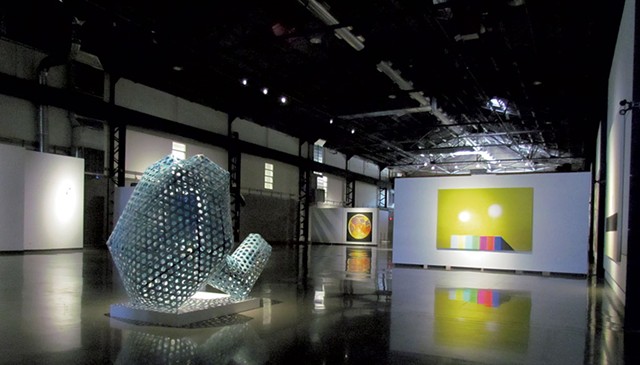
- Courtesy
- Arsenal Contemporary Art
Montréal had a gloomy outlook when I was growing up there in the 1990s. An economic recession, political uncertainty around separation from Canada, and a brain drain of young Anglos and immigrants (including me) to Toronto and the U.S. made urban decline seem certain.
A lot of big, vacant, derelict buildings came to define Griffintown at the time. In that neighborhood to the south of downtown and west of Old Montréal, mostly Irish immigrants once worked in the Lachine Canal-side factories that powered Montréal's industry for about 150 years. They'd shut down, one by one. Then, in 1992, the Québec Ministry of Cultural Affairs invited Caroline Andrieux, a French curator who had successfully created artist hubs in similar neighborhoods in Paris, to come do ... something.
What she did was establish Quartier Éphémère, a satellite space for her Parisian curatorial project Hôtel Éphémère, creating temporary installations with notable artists in an abandoned Griffintown warehouse. Following the success of those projects, the Québec government gave the organization a free lease on the former Darling Brothers ironworks foundry (1880-1991), then slated for demolition. In 2002 it became Fonderie Darling: a massive exhibition space, residency program and hub for contemporary art.
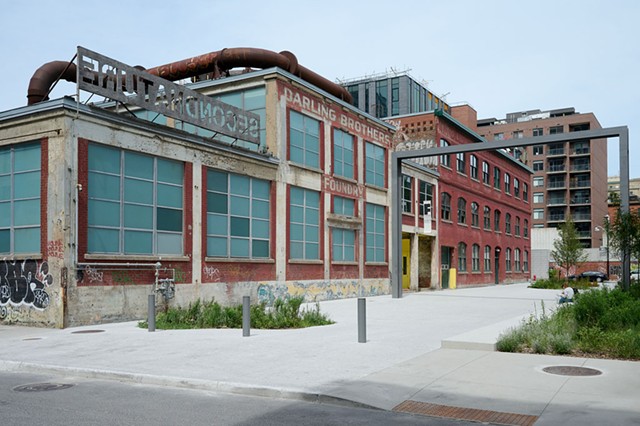
- Courtesy Of Josianne Issa
- Fonderie Darling
The building itself, now preserved under the Cultural Heritage Act, has a rich patina. In the main exhibition hall, 30-foot ceilings with clerestory windows let in ever-changing light. The massive dimensions of the concrete and brick ceiling vaults conjure not only the physical weight of winches and machines they must have once held but also the metaphorical weight of that history. Though bits of the foundry's infrastructure remain — a chimney, a bucket on a chain next to a metal spiral staircase — the otherwise spare architecture allows artwork to breathe, to occupy the exhibition gallery as a fully articulated vision.
In the main hall, Simon S. Belleau's conceptual, video-based show "Répliques," on view through May 26, borrows its language from film and theater production. For "Tiramisu," Belleau, who was an artist-in-residence here from 2019 through 2022, installed a large aluminum theatrical lighting grid 10 feet off the floor, effectively lowering the cavernous ceiling to human scale. Visitors can't miss the backstage trappings that frame their experience. An LED screen plays video of actors recounting Belleau's dreams, partially in English and partially in French, which visitors can also read in a marked-up script.
In Fonderie's smaller gallery, I saw James Gardner's "Ecstatic Distance," also on view through May 26. The large-scale burlap canvases and sculptural installation that make up the show are incredibly heavy. Gardner uses poured gesso, weighed down by objects and sheets of plywood, to build up thick surfaces that he etches and grinds, giving them the appearance of ancient icons or church walls — artwork in conversation with the once-crumbling infrastructure that surrounds it.
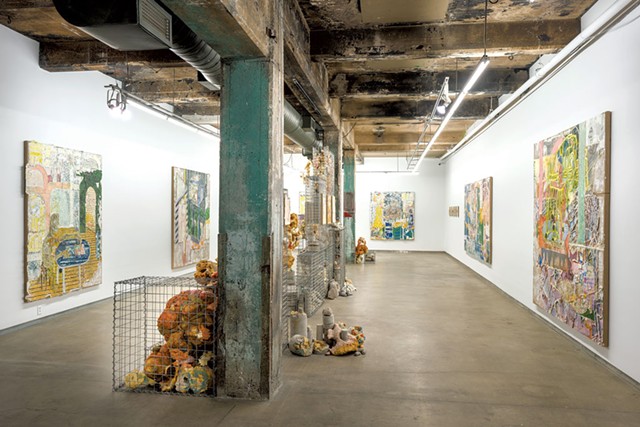
- Courtesy Of Guy L'Heureux
- "Ecstatic Distance" by James Gardner at Fonderie Darling
If artists helped revitalize Griffintown, they are now being priced out of the trendy district. Rents in the area are skyrocketing, and condo construction is happening on seemingly every corner. Gardner is one of the artists whose nearby Griffintown studio may soon be lost to new development.
Working to offset such changes, Fonderie Darling residency programs offer eight local artists three-year studio leases at reduced rates. That three-year commitment allows them to truly move into the space, explained current artist-in-residence Shanie Tomassini: "It's long enough that I can really make myself comfortable and really change the scale that I usually work in — it's rare, that chance."
The Fonderie also has a three-month live-and-work program for artists-in-residence from beyond Montréal. Geneviève et Matthieu, a couple with a collective practice who hail from Rouyn-Noranda, eight hours north of the city, have participated in the residency more than once. "Fonderie is like a dream for an artist!" said Geneviève, who was busy sculpting what looked like tentacles during my visit. The collective's practice combines performance, installation, music and bouncing.
This summer, visitors will have the opportunity to see "Black Summer 91," a group exhibition centered on uprisings that took place following the killings of Black people by Montréal police in 1991 and in conversation with racial reckonings today. There will also be outdoor events on the Place Publique du Sable-Gris, a pedestrian plaza in front of the Fonderie.
Regardless of what's on view, it is worth a visit to this nonprofit, kunsthalle-style art center if you want to see world-class contemporary artwork by Montréal artists and get a sense of the area's history. And it makes a good starting point for exploring the neighborhood.
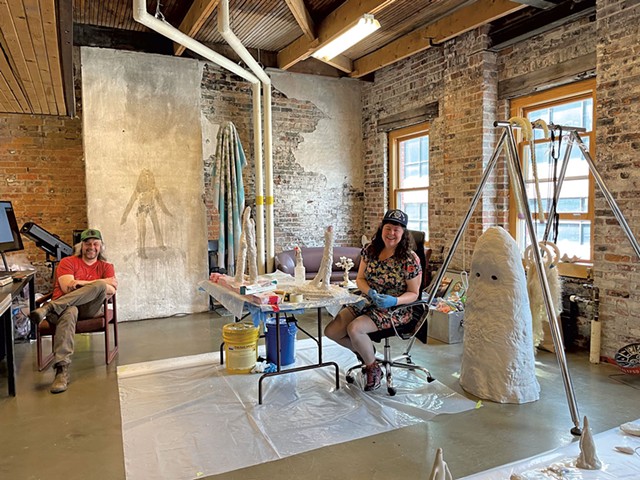
- Alice Dodge
- Fonderie artists-in-residence duo Geneviève et Matthieu
Most folks you'll find here are walking or biking along the canal or scouting out restaurants and shops on rue Notre-Dame. The streets can feel a bit constricted, especially with construction, and it's easiest to navigate on foot. Farther into Griffintown, there are a few other artsy sites, such as New City Gas, which hosts events and music in a 19th-century gasworks building that's also home to Canada's first NFT gallery, 0x Society. The nearby Montréal Art Center and Museum is less polished, with a combination of studios, obscure 19th-century paintings, mannequins of Québec history and strong roadside-attraction vibes.
The largest visual art space is Arsenal Contemporary Art, which occupies an 80,000-square-foot former shipyard near the Lachine Canal. Collectors Pierre and Anne-Marie Trahan founded the space in 2011, naming it with a nod to the Arsenale building (also a former shipyard) at the Venice Biennale.
The ground floor hosts rotating installations of works from their collection — think big-name international artists like Anish Kapoor and Ugo Rondinone, as well as Canadian artists such as David Altmejd and Rodney Graham. There's enough room for a rented-out section of traveling or commercial shows, heavy on the tech spectacle, such as the recent "Disney Animation Immersive" and the upcoming "Biennale ELEKTRA — Illusion," open May 31 through July 21 and showcasing digital, electronic and AI-based art.
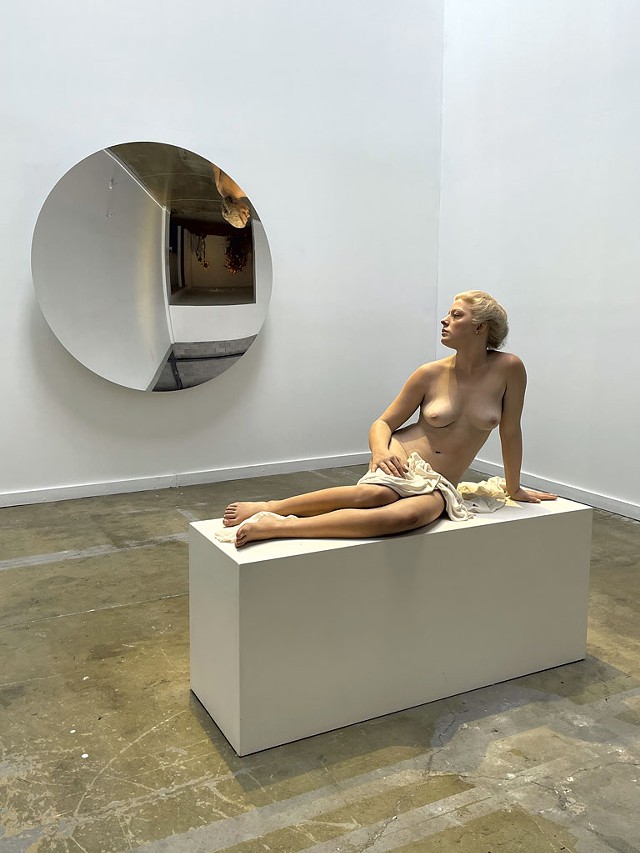
- Alice Dodge
- Work from the Trahans' collection by Anish Kapoor and John De Andrea at Arsenal Contemporary Art
On the second floor is Blouin Division, a commercial gallery representing Canadian artists whose work either is or is likely to be of the same caliber as the collection downstairs. It's a joint venture between the Trahans' gallery and that of René Blouin, a force in the Montréal art scene for decades. Blouin was considering retirement when his friends approached him about the project. He opened his original gallery in the Belgo Building on rue Sainte-Catherine in Montréal in 1986.
"I think it was $4 a square foot," Blouin said. That was long before the building was at the center of what's now known as the Quartier des Spectacles, where many of Montréal's festivals take over the streets, especially in summer. These days, the Belgo Building itself has become a downtown hub for artists, with 27 art galleries and a number of studios, many of which are open to visitors.
Blouin has always had an impressive roster, offering early shows to globally renowned artists such as Kiki Smith — "She showed up with two trash bags full of work," he recounted — and promoting the work of Canadian artists internationally.
The gallerist spoke passionately about the young artists bringing energy to Montréal's art scene, many of whom come through Concordia University's MFA programs. He pointed out Nadia Myre and Caroline Monnet as two artists whose melding of elements from their own Indigenous traditions with the visual language of contemporary art is particularly new and exciting.
Blouin Division's project space also fosters new perspectives — its inaugural show presented Noémie Weinstein's first solo presentation, a suite of dreamlike paintings of interiors. Where many high-end commercial galleries can seem aloof or cold, Blouin Division's focus on Canadian voices gives it an identity that's more grounded.
Montréal has always been a place for big ideas and big urban plans, not all of which have gone very well. (Building the expressway that still cleaves the waterfront was one of the things that depressed Griffintown in the first place.) But the plan to revitalize that neighborhood through art was a success, albeit one that now leaves the city with a different challenge: how to sustain the creative energy — and, importantly, the artists — that remade it. Art centers such as Arsenal and Fonderie Darling remain the driving force behind that effort, and innovative new work can still be found here, hiding out in a warren of old brick factories and narrow streets. If you can't find the art, keep looking — it's just past the condos.
If You Go
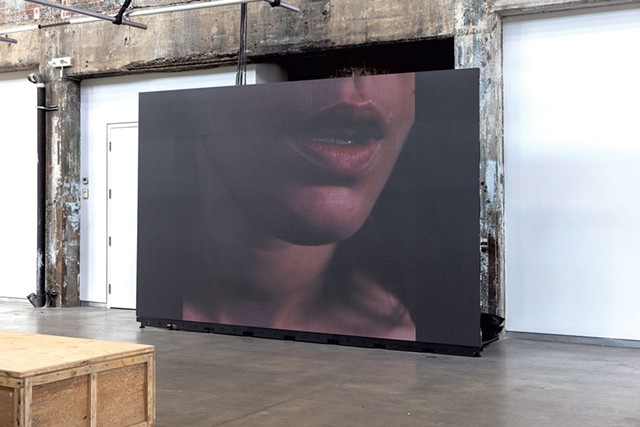
- Courtesy Of Simon S. Belleau
- "Répliques" installation by Simon S. Belleau at Fonderie Darling
The area south of downtown and west of Old Montréal is made up of a few different neighborhoods, and some of them overlap — you might spot names such as Griffintown, Le Faubourg des Récollets, Cité du Multimedia or Les Quartiers du Canal. If you're between rue Notre-Dame and the canal, you're in the right ballpark. Don't get spooked by boulevard Henri-Bourassa, a big, busy road with a green space in the median; it's actually pretty walkable.
Start your exploration of the area's contemporary art with Fonderie Darling (fonderiedarling.org/en, 514-392-1554, CA$8, by donation Wednesday and Thursday), which has free outdoor events in summer on its Place Publique du Sable-Gris and an upscale, industrial-cool restaurant called Le Serpent (it's owned by Hubert Marsolais, the restaurateur behind the iconic fine-dining eatery Le Club Chasse et Pêche). Follow the canal southwest for a mile, and you'll get to Arsenal Contemporary Art (arsenalcontemporary.com, 514-931-9978, admission and hours vary by exhibition) and its upstairs Blouin Division (blouin-division.com, 514-938-3863, free). Along the way, you'll pass the event and music space New City Gas (newcitygas.com, 514-879-1166), whose basement houses the digital art shows of NFT gallery 0x Society (0xsociety.com, free). Also en route is the Montréal Art Center and Museum (montrealartcenter.com, 514-667-2270, admission from CA$9.20), which is weird; go for the kitsch and community vibe more than the art.
While you're at it, here are a couple of other worthwhile art stops not too far away. Old Montréal's PHI Foundation for Contemporary Art (phi.ca, 514-849-3742, admission varies) showcases very contemporary art, while former department store the Belgo Building (thebelgoreport.com, 514-861-0305) now comprises lots of galleries and studios downtown, right where you'll find most of Montréal's big summer festivals in the Quartier des Spectacles.

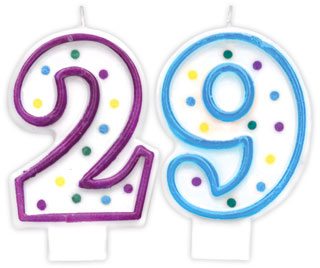
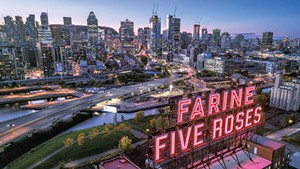
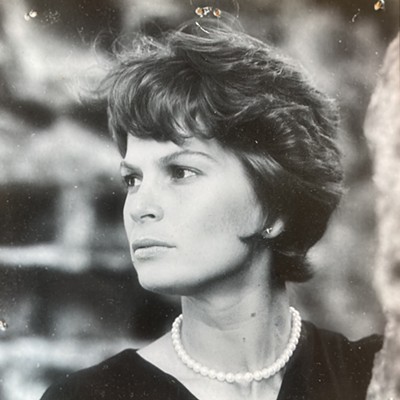
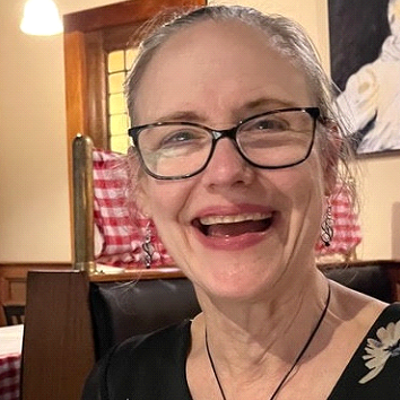
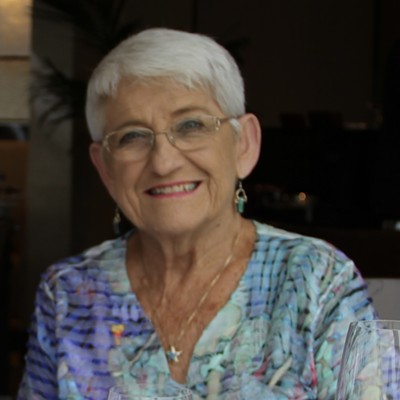

Comments
Comments are closed.
From 2014-2020, Seven Days allowed readers to comment on all stories posted on our website. While we've appreciated the suggestions and insights, right now Seven Days is prioritizing our core mission — producing high-quality, responsible local journalism — over moderating online debates between readers.
To criticize, correct or praise our reporting, please send us a letter to the editor or send us a tip. We’ll check it out and report the results.
Online comments may return when we have better tech tools for managing them. Thanks for reading.